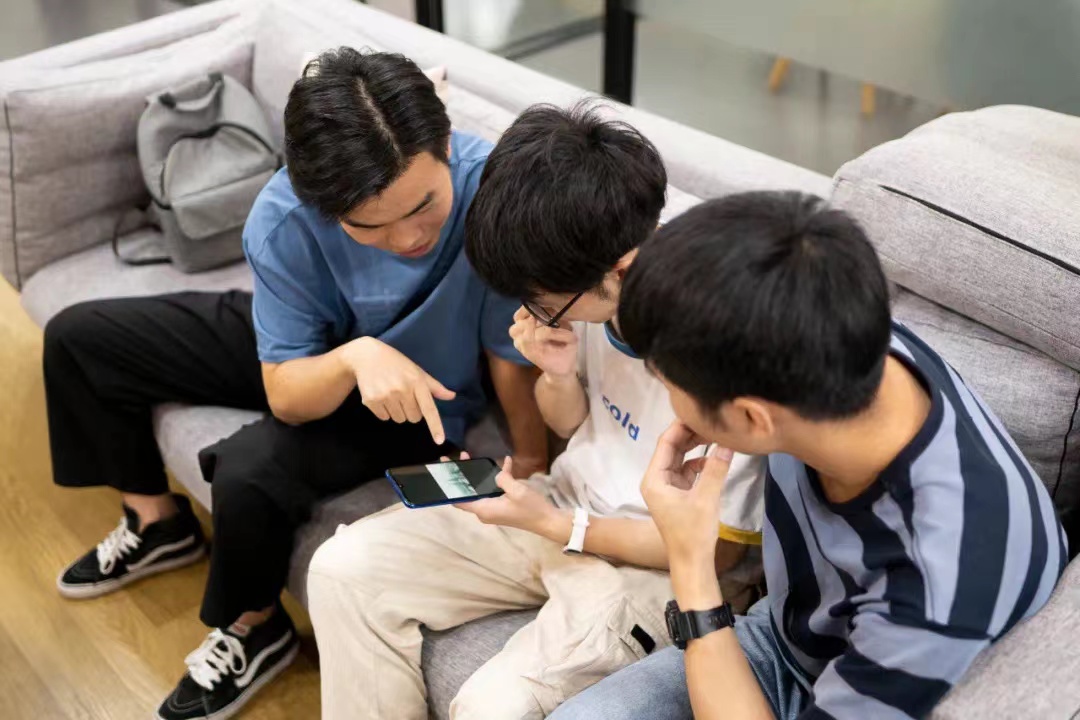The proverb, “birds of a feather flock together,” is becoming increasingly manifest in modern social networks, which express ties between individuals such as friends, colleagues, peers, leaders, or subordinates.
People who like outdoor sports often bond with others who share their disposition instead of those who prioritize domesticity, for example.
In sociological terms, the tendency of individuals who possess similar attributes and behavioral characteristics to form social networks is known as homophily.
Peer influence provides an alternative explanation for this phenomenon, suggesting that individuals exert influence on others adjacent to them in their network, causing them to grow more alike.
To appraise these two ideas, we must consider whether individuals with similar hobbies are likely to establish social ties because of homophily or peer influence. However, since the forces of homophily and peer influence are entangled, distinguishing between them to identify their effects has always been a significant challenge.
Recently, Professor CHEN Xi and his doctoral student, LIU Yan from the School of Management at Zhejiang University, and Professor ZHANG Cheng from Fudan University co-published a research article entitled “Distinguishing Homophily from Peer Influence Through Network Representation Learning” in the international publication INFORMS Journal on Computing. This article proposes a novel computational method to separate peer influence from homophily in online networks.

A more accurate data-driven method
In their paper, the authors outline a data-driven quasi-experimental design that uses tests for latent homophily and causal inference to distinguish between the effects of peer influence and homophily.
The authors utilize scalable network representation learning algorithms to extract mode embeddings from social network structures.
The study then uses mode embeddings to control for latent homophily in a quasi-experimental design for causal inference. Compared to prior studies, this offers greater control over latent homophily for both sources and recipients of peer influence.
Simulations demonstrate that the proposed approach can estimate peer influence more accurately than existing parameterized approaches and data-driven methods.
Subsequently, the proposed framework was applied in an empirical study of player behaviors in online gaming. The results showed improved model fitness compared with the reference model when using the quasi-experimental framework.

Expressing Gratitude Among Colleagues
The combined efforts of individuals within a team are often crucial to producing high-quality research.
This study was co-conducted by doctoral student LIU Yan, alongside Professors CHEN Xi and Cheng. During an interview, Mr. LIU expressed his gratitude to each of his collaborators, with special thanks to Professor CHEN for acting as his tutor.
“Scientific research is a challenging and complex endeavor. In my experience, it is important to manage pressure surrounding the production of high-level research.
Professor CHEN’s support, encouragement, and guidance have been invaluable in that regard. He often reminded me, ‘it’s worth sticking to your research,’ which filled me with confidence and has turned out to be proven entirely accurate given the outcomes of our project.”
As the interview concluded, Mr. LIU shared his blueprint for successful scientific research, emphasizing the critical qualities of patience and confidence. Mr. LIU observed that every experiment is an accumulation of experience, entailing that perseverance is essential to achieving excellence. Accordingly, Mr. LIU believes perseverance is the necessary mindset for any scientific researcher.
This is a translation of the article by DUAN Ting published on Apr. 2nd on ZJU-SOM WeChat Official Account.
Editor: DUAN Ting, ZHU Yudi
Picture Source:Qianku